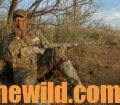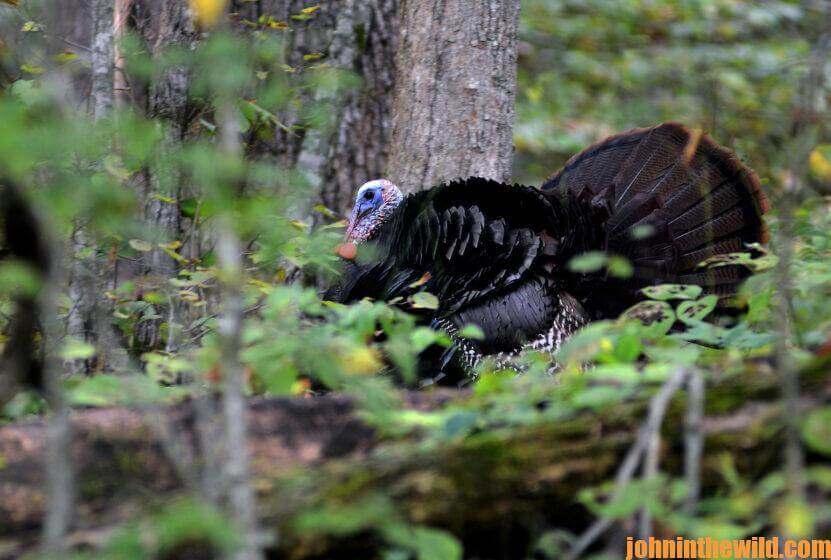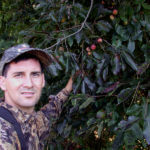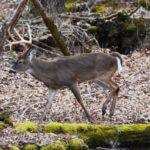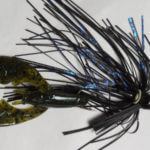Editor’s Note: The game of turkey hunting is played in the gobbler’s backyard and on his terms. The strategies required to bag a tom turkey often may make war games look simple. The hunters who have amassed the most techniques, encountered the most turkeys and know what to do when the turkey doesn’t do what he’s supposed to do, will come home with bronze barons for dinner more often than other hunters. By taking this turkey-hunting quiz and learning what to do to bag turkeys, you can sharpen the skills you’ll need in the woods when you play the game with the wisest wizards in the woods. (See the correct answer to each question at the end of each day).

Question No. 17: When you have a turkey coming toward you, what’s the best thing to do?
a) nothing.
b) call lightly to keep the bird interested.
c) call to him if he doesn’t gobble in 10 to 15 minutes.
d) try and move closer to him.
Question No. 18: When is the easiest time to kill a turkey?
a) the first week of hunting season.
b) the time when the hens are being bred.
c) the first week that the hens go on the nest.
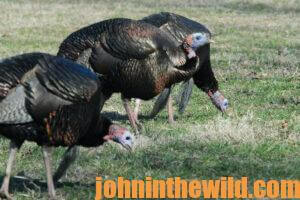 Question No. 19: When you see turkeys in a field feeding, which is the easiest gobbler to take, if there’s more than one gobbler in the field?
Question No. 19: When you see turkeys in a field feeding, which is the easiest gobbler to take, if there’s more than one gobbler in the field?
a) the turkey that gobbles back first when you call.
b) the gobbler with the most hens.
c) the tom with the fewest hens.
d) the gobbler with a few hens or no hens that struts when you call.
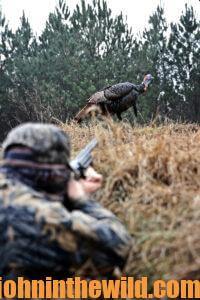 Question No. 20: What’s the most-critical factor in calling a turkey to where you want to take him? Your:
Question No. 20: What’s the most-critical factor in calling a turkey to where you want to take him? Your:
a) calling ability.
b) being camouflaged well.
c) being in a place that a turkey naturally wants to go.
d) knowing where the turkey’s roost tree is.
ANSWERS:
Answer to Question No. 17: (a) nothing. Once the turkey knows where you are and is committed to come to you, there’s no reason to call any more. The gobbler is doing what you want him to do. So, mount your gun, and prepare to take the bird.
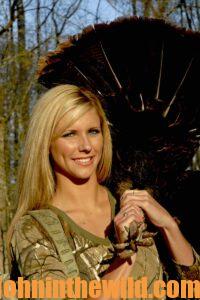 Answer to Question No. 18: (c) the first week that the hens go on the nest. When the gobbler has been breeding hens, he continues to anticipate meeting his hens. When hens become scarce because they’re on their nests, the gobbler becomes even more anxious to find a willing hen. Therefore, he usually will move toward calling easier and quicker.
Answer to Question No. 18: (c) the first week that the hens go on the nest. When the gobbler has been breeding hens, he continues to anticipate meeting his hens. When hens become scarce because they’re on their nests, the gobbler becomes even more anxious to find a willing hen. Therefore, he usually will move toward calling easier and quicker.
Answer to Question No. 19: (d) the gobbler with a few hens or no hens that struts when you call. Oftentimes, a subordinate gobbler will travel with a flock of turkeys. The boss gobbler usually will prevent the subordinate gobbler from breeding any of the hens in the dominant gobbler’s harem. So, when a subordinate gobbler hears a new hen yelp that’s close to him, most of the time he’ll strut in hopes of attracting a hen that he can breed before a boss gobbler comes over to run him off.
Answer to Question No. 20: (c) being in a place that a turkey naturally wants to go. If you’ve taken a stand along a route that a turkey naturally wants to travel, then the turkey will come by you without calling and will less likely see you, if your camouflage isn’t just right. Many turkeys are bagged each season by hunters who call very little, if at all. They take their turkeys because they know where the toms want to go and are in the best place to meet those turkeys.
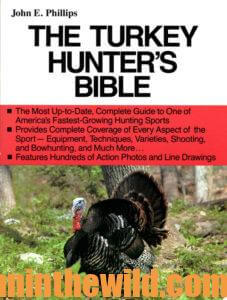 To learn more about hunting turkeys successfully, visit John E. Phillips’ Amazon book page at https://www.amazon.com/John-E.-Phillips/e/B001HP7K6O. For even more information from many of the top turkey hunters and callers, go to the book, “Turkey Hunters’ Bible,” https://www.amazon.com/gp/product/B007HT1IUS/ref=dbs_a_def_rwt_hsch_vapi_taft_p2_i7
To learn more about hunting turkeys successfully, visit John E. Phillips’ Amazon book page at https://www.amazon.com/John-E.-Phillips/e/B001HP7K6O. For even more information from many of the top turkey hunters and callers, go to the book, “Turkey Hunters’ Bible,” https://www.amazon.com/gp/product/B007HT1IUS/ref=dbs_a_def_rwt_hsch_vapi_taft_p2_i7
available in Kindle, print and Audible. You may have to copy and paste this link into your browser. (When you click on the book, notice on the left where Amazon says you can read and hear 10% of the book for free). On the right side of the page and below the offer for a free Audible trial, you can click on Buy the Audible book.

